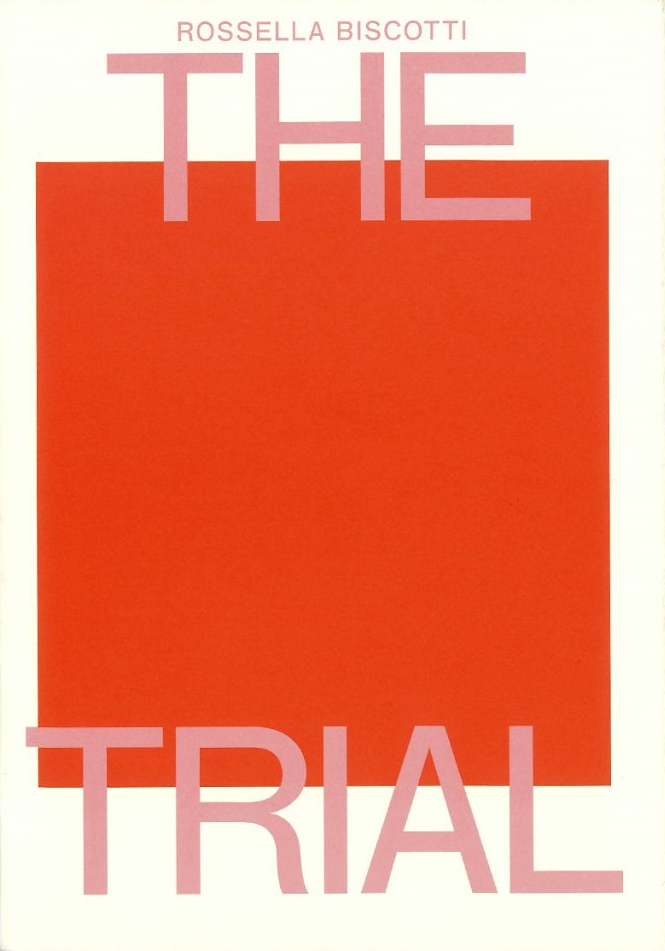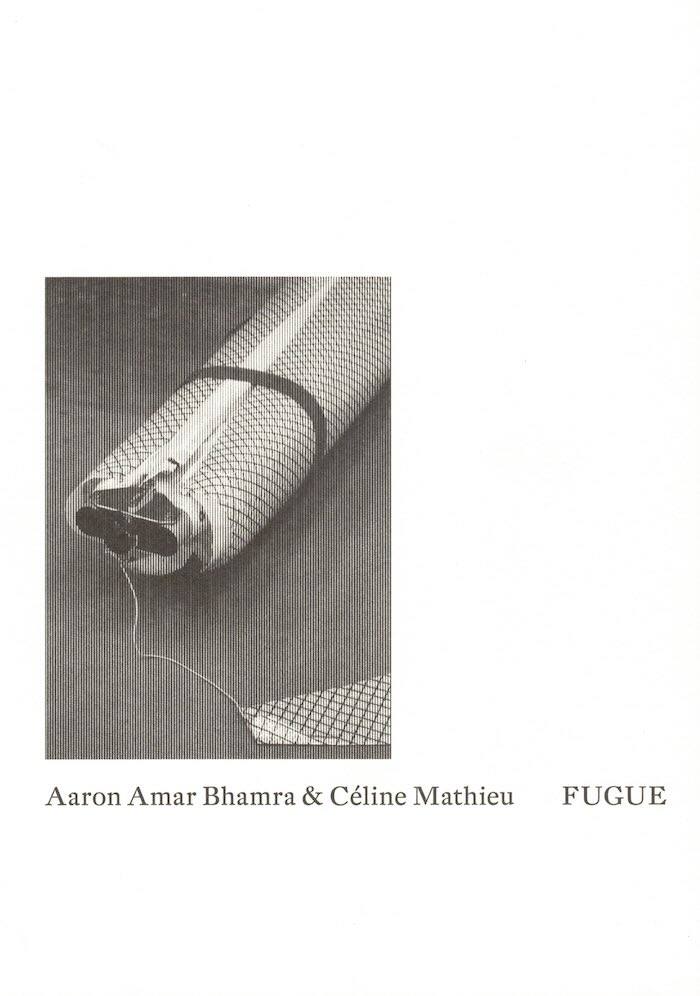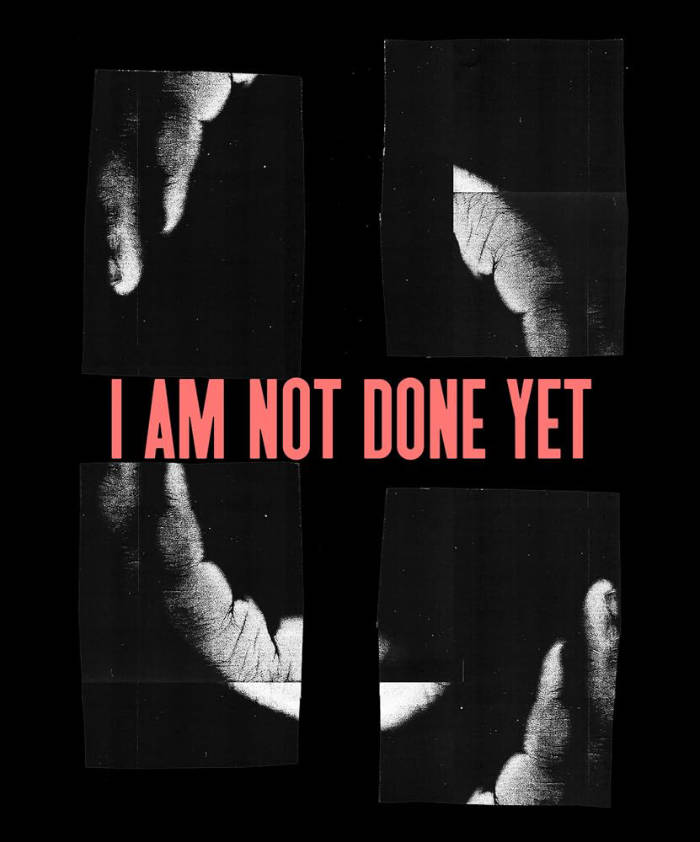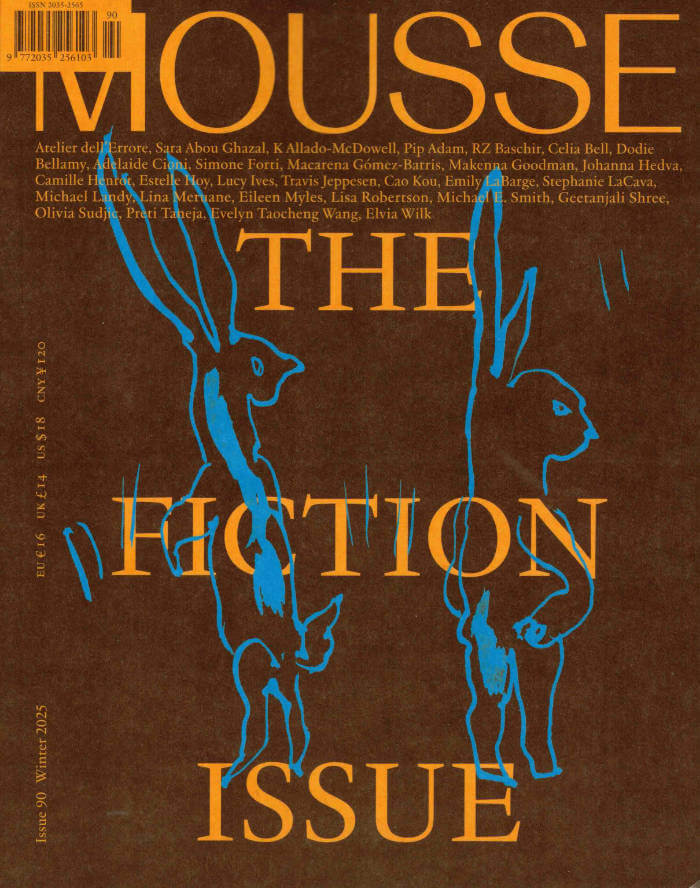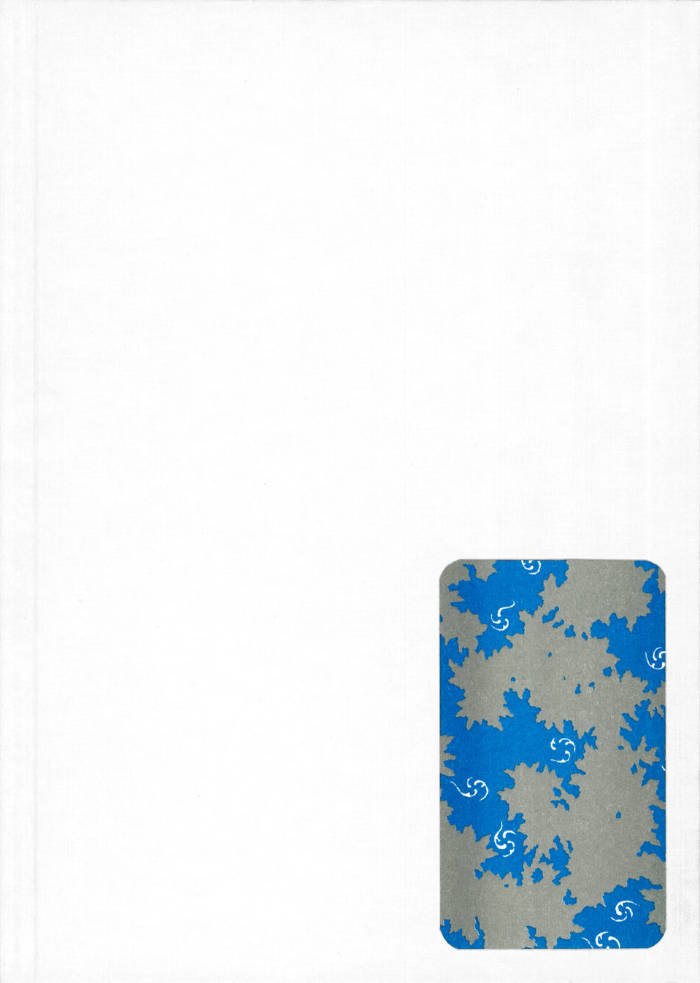
I saw the world collapse and it was only a word
In I saw the world collapse and it was only a word, published on the occasion of his concert in December 2019 at Albertinum, Staatliche Kunstsammlungen Dresden, Hassan Khan articulates the communal yet individualized feelings of sadness and trouble before they coalesce into larger structures and institutions through a libretto for five vocalists, showing us the fleeting moments of the world as it is collapsing rather than only the dust of its collapse. The work is characterized by layered fragments that gesture toward a tonality and unity that nearly coalesce, but that dissipate as soon as they emerge. The collapsing word could be anything: the death of a family member; a defeated revolution; a heartbreak. It means something different from one place, one individual, to the next while still existing so broadly that it defines a more communal experience felt across the globe. A collapse from what? Rather than a doomsday message, it intimates that perhaps the world isn't really collapsing at all. Instead, Khan poses collapse as an ever-present underlying condition, challenging much contemporary intellectualizing that positions the current moment as somehow peculiar or extraordinary.
"1) Blame your partner for every disaster that has even occurred: G.
2) Oscillate in confusion between these two pitches using a glissando to come and go at a narcotic speed: A♭ C♭.
3) Argue with your best friend while looking at them using this progression: G – B – D – E♯.
4) Demand an apology using the progression: E – C – A♭♭ – F.
5) Beg for forgiveness by using the two highest pitches you can reach.
6) Ask a question by humming this progression: E♭♭ – D♭ – Ax – A♯.
7) Lose interest in everything using this progression: F – A – C – C♯."
Hassan Khan (born 1975 in London, lives and works in Cairo) works with image, sound, text, space and situation.
Language: English
